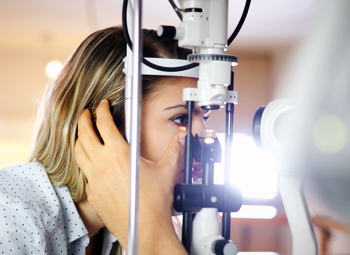A vitrectomy is a surgical procedure used to treat issues with the vitreous and retina. A vitrectomy may be performed to remove blood or significant floaters that are blocking light from reaching the retina.
Vitrectomies may also be required to remove scar tissue that is resulting in traction on the retina or causing visual impairment. They may be necessary to repair retinal detachments or to remove foreign objects embedded in the eye following trauma.
Certain conditions or diseases may require a vitrectomy for proper treatment. Some of these conditions include:
- Diabetic retinopathy
- Retinal detachment
- Vitreous hemorrhages
- Scar tissue on the retina
- Macular hole
- Macular pucker
- Severe eye infection (endophthalmitis)
- Severe eye injury
Vitrectomy surgery may take between 30 minutes and 1 hour, and is usually done under local anesthesia. Depending on the underlying reason for the vitrectomy, there may be several steps. These include:
- Removing cloudy vitreous gel or scar tissue
- Removing foreign objects in the eye
- Repairing a torn or detached retina
- Placing an air or gas bubble in the eye to keep the retina in place
After the procedure, you’ll be taken to a recovery room to rest as the anesthesia wears off. You’ll then be permitted to head home, but you’ll need a ride.
We will prescribe eye drops to use for the following few weeks. Additionally, you’ll be given an eye patch to wear for the day to protect your eyes. You may be required to lie face down for a week to help the bubble seal the retina in place if indicated. Some patients may expect to take up to 1 month off work.
Please don’t hesitate to contact usif you have further questions or concerns.





















